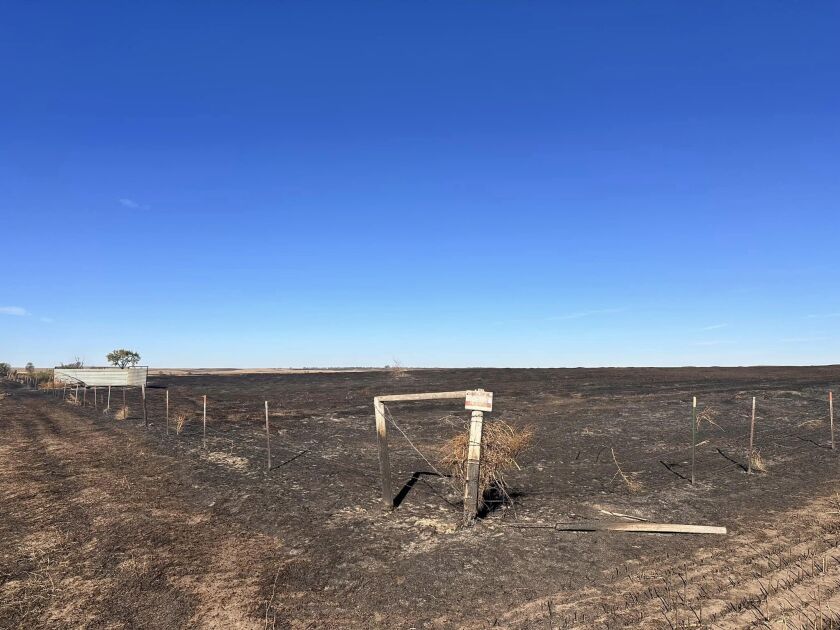The forage outlook for 2025 appears to be dim for ranchers in North Dakota, especially those in the western part of the state. The drought that began last fall and is impacting nearly 60% of the state could reduce forage by 10-20%.
According to Miranda Meehan, North Dakota State University Extension livestock environmental stewardship specialist, if the drought persists through the spring and early summer months where rainfall is critical for forage growth, producers can expect another 50% decline in forage production.
“Right now is a really critical time for participation and our forage production,” Meehan said. “What's happening now is going to be really important.”
James Rogers, NDSU Extension forage crops production specialist, recently wrote about the relationship between North Dakota and drought.
“The point is, most of North Dakota is in a semi-arid environment. In semi-arid environments, drought frequency is much more common than in eastern regions, receiving 30 to 70-plus inches of rainfall per year. If you live in a semi-arid region, you expect drought, but it’s still a seven-letter bad word that no one wants to experience,” Rogers said in the article.
Despite recent moisture, abnormally dry conditions continue to expand in North Dakota. The U.S. Drought Monitor's most recent update, released April 24, showed only 29.77% of the state was not abnormally dry or worse. The worst conditions — extreme drought — are in McKenzie, Dunn and Mountrail counties and make up 5.11% of the state.

Besides lack of rainfall plaguing the state, wildfires have also been an issue, which will greatly influence forage production. Wildfires last October burned over 120,000 acres in North Dakota, including a fire near Ray that resulted in two fatalities. Smaller fires this spring have added to the acreage total. Gov. Kelly Armstrong in March signed an executive order declaring a statewide fire emergency and activating the State Emergency Operations Plan due to above average temperatures and below average precipitation.
Meehan said wildfires can reduce forage production another 30-40%, making areas that have been exposed to drought and wildfires especially vulnerable when it comes to forage production.
“Those areas that have experienced both drought and wildfire are going to see a significant decrease in forage production this year. Producers need to be prepared for that. They will recover following this year, but they need to prepare for that reduction in forage production,” she said.
ADVERTISEMENT
Meehan urges ranchers to not let their stock out too early to graze, as that can stunt forage production. She also encourages ranchers to have a drought plan in place, as the drought persisting is probable for much of the state.
“I'm thinking about animals that we can ship off that cull list, bringing in additional hay or forage if there's needed at this point in time instead of waiting before prices go up,” Meehan said.





